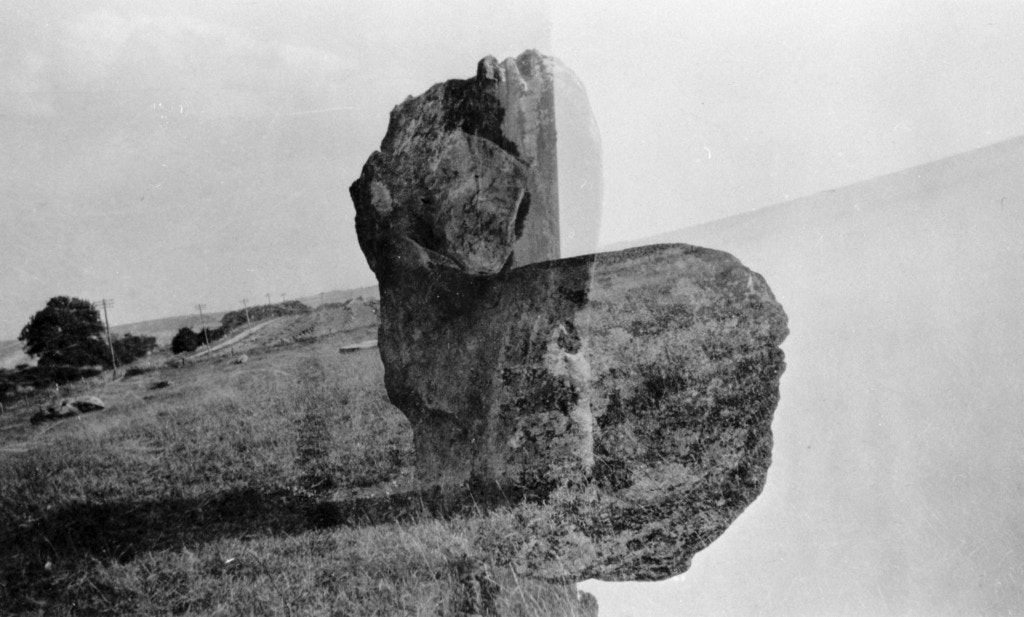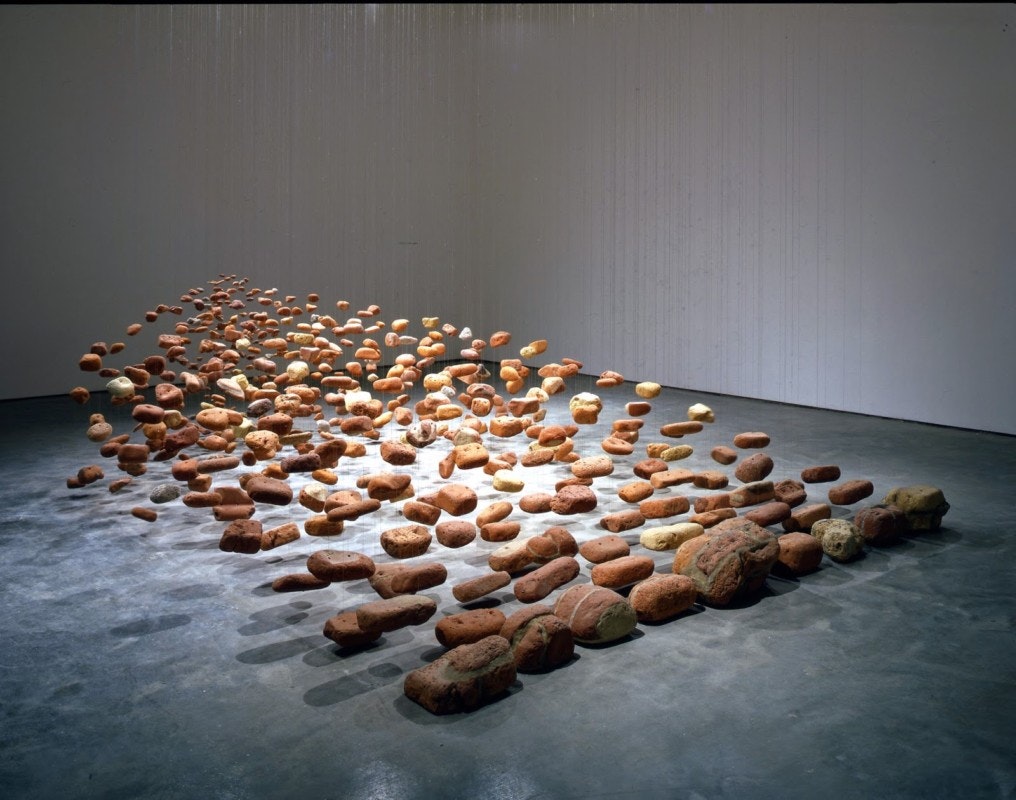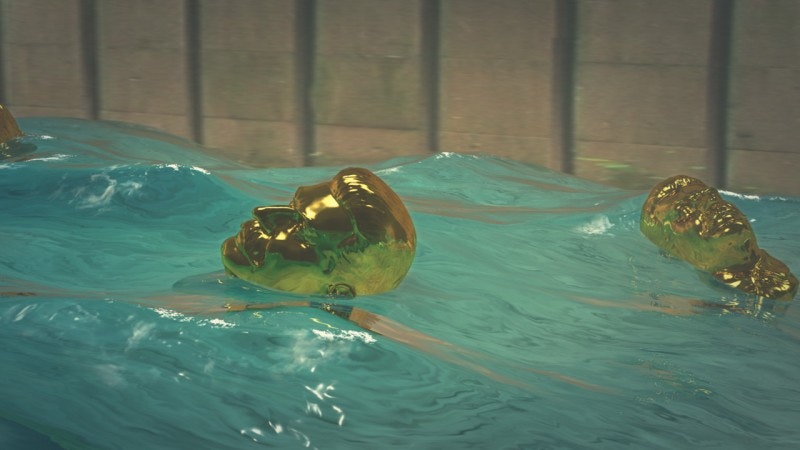If Things Could Speak
“What if things could speak? What would they tell us? Or are they speaking already and we just don’t hear them? And who is going to translate them?” It is such questions that Hito Steyerl suggests, in her 2006 article “The Language of Things”, are posed in an essay written ninety years earlier: Walter Benjamin’s posthumously published “On Language as Such and on the Language of Man”. Here, Steyerl argues, the great German philosopher and critic “develops the concept of a language of things”, where “there is a language of stones, pans and cardboard boxes. Lamps speak as if inhabited by spirits. Mountains and foxes are involved in discourse. High-rise buildings chat with each other. Paintings gossip”.
Exemplary of such ‘posthumanism’, it is as a quest “to give voice to a thing-power”, “to give voice to a vitality intrinsic to materiality”, that Jane Bennett, for instance, describes her project in her influential book Vibrant Matter: A Political Ecology of Things (2010). But this is not a projection or simple ventriloquism. No. Rather it is things themselves that issue “a call”, even if one where we have some difficulty in understanding what such ‘stuff’ is ‘saying’. 3Jane Bennett, Vibrant Matter: A Political Ecology of Things (Durham, NC: Duke University Press, 2010) 2–4. “As if a damning curse had been cast unto things, they remain asleep like the servants of some enchanted castle,” writes Latour in Reassembling the Social (published the year before Steyerl’s essay), complaining of the incapacity of conventional sociology to give voice to ‘the object’. “Yet, as soon as they are freed from the spell, they start shuddering, stretching, and muttering”. The likes of Actor-Network-Theory (or ANT), new materialism or object-oriented ontology thus play, Latour suggests, the role of a “Prince Charming” whose kiss awakes the “Sleeping Beauty” of the object world. 4Bruno Latour, Reassembling the Social: An Introduction to Actor-Network-Theory (Oxford: Oxford University Press, 2005), 73.
As ontology or metaphysics, rather than, say, convenient fictions or thought experiments through which one might imagine what things might ‘say’ of and for themselves, such new materialist or object-oriented philosophies (including, increasingly, Latour’s own recent metaphysical turn) don’t stand up to much conceptual scrutiny. Instead, they tend to rely upon a rhetorical vigour as opposed to actual argument, as if one could, with the help of a bit of poetry, write oneself ‘into’ the thing, more or less intuitively. It’s striking that what should then substitute for argument in this work is often a form of primarily ‘aesthetic’ appeal that valorises a creativity and openness over the ‘negativity’ of critique, or what Bennett calls “demystification”. More often than not, it is then the quirky list of idiosyncratic individual things – a now rather tiresome ‘poetic’ feature of such work, to which Benjamin’s own image of lamps communicating with mountains and foxes might (too quickly) be assimilated – that generally substitutes for any actual philosophy of objects, ironically reducing the particular thing to an infinitely interchangeable series of examples.
What Benjamin’s 1916 essay shares with such ideas is a critique or rejection of instrumental accounts of language, as a part of which he seeks to extend the concept of language beyond the human to a language of things, and thereby proposes an understanding of language as designating any system of expression, including what he describes as “the communion of matter in magic communion”. At the same time, however, if what appears as “mute” or “speechless” is thus not outside of but within language, properly understood, equally it is the case that specifically human language does have, for Benjamin, the distinctive property of “naming” the world, and through this of “translating” other languages (of things) into itself, by virtue of the ways in which it is less tied to the material.
One can see why this is an appealing notion, not least for artists. Yet it is undoubtedly odd also to go looking for a rigorously materialist Benjamin, as Steyerl evidently desires, in a text which – to borrow a phrase from one of his best Anglophone commentators – appears to be among his most “uncompromisingly occult”. 6Howard Caygill, Walter Benjamin: The Colour of Experience (London: Routledge, 1998), 153–154.
Indeed, as I’ll try to make clearer in a subsequent post, it is only by reading this back through the later Marxian Benjamin, and through his writings on capitalism and technology, that Steyerl is ultimately able to pull this off (albeit with certain peculiar consequences, I think). After all, what makes “translation” possible is, for the early Benjamin, as Steyerl does indeed acknowledge, a theological claim that “the name-language of mankind and the nameless language of things [are] related in God and released from the same creative word”. Human hubris lies in imagining, then, that human language might function as the instrumental measure for all other languages, since this would (in classical fashion) be to place humanity in the position of God, rather than allowing itself to be transformed by other languages. As a fall from a mutual affinity of human and things, it is a postlapsarian human language that confronts us in modernity – one that has arrogantly abandoned naming and translation, and which is, as Benjamin puts it in a telling phrase, the “origin of abstraction”, or, as Steyerl might suggest, of “representation”.
Most interesting to me is that it is precisely in this context that Steyerl proposes that the documentary image perhaps best exemplifies one form of translating “from the language of things into the one of humans”, but, in doing so, would itself possess two different, ultimately conflicting dimensions: one which (on the model of Benjamin’s postlapsarian language) violently “objectifies [or abstracts] the thing in question, fixes its meaning and constructs stable categories of knowledge to understand it”, and one in which things “articulate themselves within the documentary forms”. To engage in “the language of things in the realm of documentary form” is thus not, on this latter account, about “realist” modes of “representation at all, but about actualising whatever the things have to say in the present”. As Steyerl puts it, the image is a matter of “presencing”, not re-presentation, and “thus transforming [or being transformed by?] the social, historical and also material relations, which determine things”.
Now, this is the point in Steyerl’s own essay in which she shifts from the 1916 piece on language to the later Benjamin (a move that I will follow further in my final posts), as in fact is necessitated by the concern for the “social” and “historical” that she articulates (and to avoid any collapse into actual mysticism, as is too often the case in at least some variants of the new materialism). But for my next post I want to consider, first, the questions posed by this conception of the documentary image itself.


